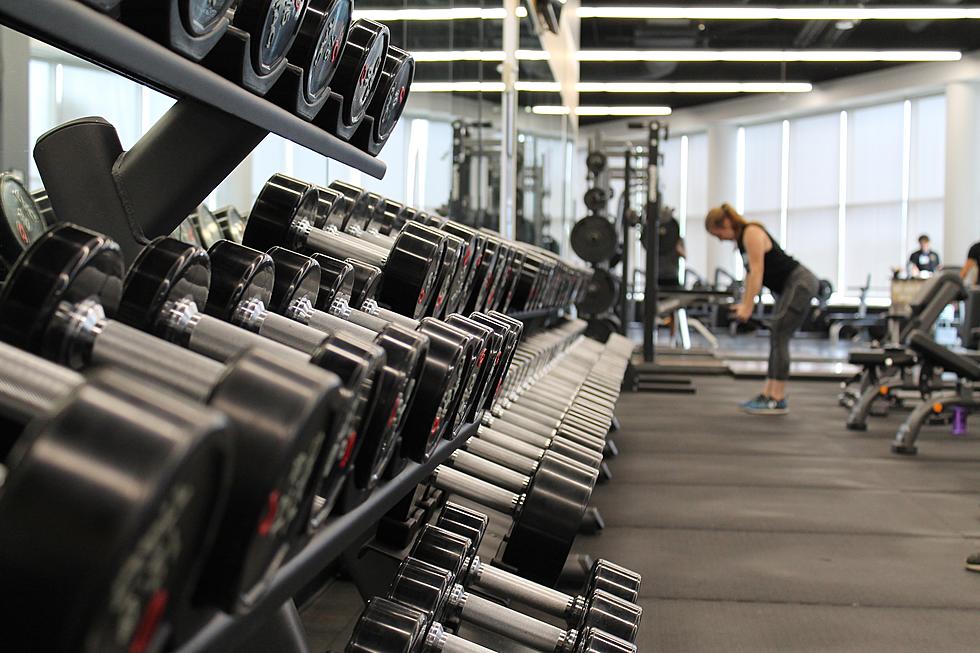
The 2 Best Exercises For Lowering Blood Pressure
According to a study conducted by Canterbury Christ Church University and published in the British Journal of Sports Medicine, the best exercises for lowering blood pressure are static isometric exercises.
What Are The Exercises?
Exercises that engage muscles without movement — such as wall squats and planks — may be best for lowering blood pressure, according to a large study published Tuesday in the British Journal of Sports Medicine.
Traditional aerobic exercises like running and cycling are still effective, but the current exercise recommendations for blood pressure management are outdated and a review of guidelines is needed.
Does Aerobic Exercise Lower Blood Pressure?
Older research has shown that exercise, particularly aerobic exercise, is associated with significant reductions in blood pressure. However, newer forms of exercise like HIIT and isometric exercises have not been taken into account in current recommendations, suggesting that they may need to be updated.
Investigating The Best Exercises
To investigate the best exercise for blood pressure control, researchers looked at clinical trials with exercise interventions lasting 2 or more weeks and focused on the effects on resting blood pressure. The interventions were categorized as aerobic, dynamic resistance training, a combination of these, HIIT, and isometric exercises.
The results showed that all types of exercise led to significant reductions in resting systolic and diastolic blood pressure, but the largest decreases were seen after isometric exercise training. Healthy resting blood pressure was defined as below 130/85 mmHg, pre-high blood pressure as 130-139/85-89 mmHg, and high blood pressure as 140/90 mmHg or more.
The Numbers In the Study
The reductions in blood pressure after aerobic exercise training amounted to 4.49/ 2.53 mmHg; 4.55/3.04 mm Hg after dynamic resistance training; 6.04/2.54 mmHg after combined training; 4.08/2.50 mmHg after HIIT; and 8.24/4 mmHg after isometric exercise training.
The rank order of effectiveness values for reducing systolic blood pressure were isometric exercise training (98%), combined training (76%), dynamic resistance training (46%), aerobic exercise training (40.5%) and HIIT (39%).
Secondary analyses revealed wall squats (isometric) and running (aerobic) as the most effective individual exercises for reducing systolic blood pressure (90.5%) and diastolic blood pressure (91%), respectively, with isometric exercise, overall, the most effective for reducing both blood pressure elements.
The 20 Best Meals In The Quad Cities
More From 98.1 KHAK









